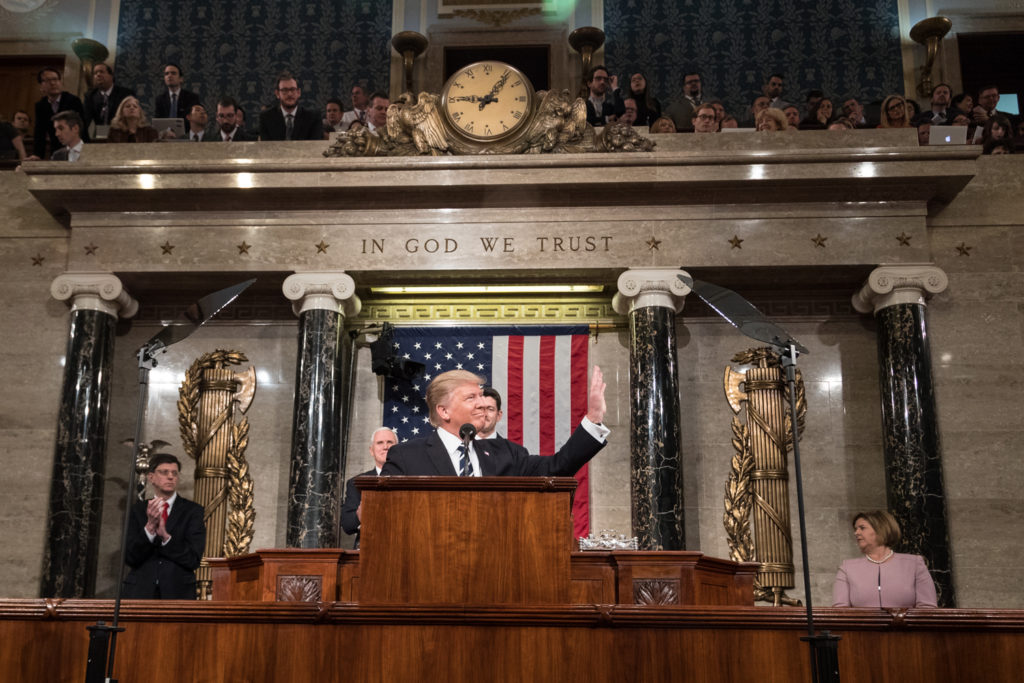President Donald Trump’s State of the Union address offered a predominately positive message for the country. With unemployment down and the economy rising, the general economic outlook is bright. Here, we take an in-depth look at what he said about the manufacturing industry and the effects his policies could have on its future.
- Exchanges — The stock market has gained over $8 trillion in value, boosting 401k plans, pensions, and college savings accounts.
- Machinery investments — Due to tax cuts designed to encourage American investments and raise business confidence, small machine shop owners may feel more confident adding new equipment, allowing them to compete on a global scale.
- Reshoring — Car manufacturers, Apple, and other major companies are moving their factories back to America and investing billions of dollars in the economy.
- Salary increases — Manufacturing wages saw an increase of 2.5% from Jan. 2017 to Dec. 2017. And with the new federal tax overhaul, many manufacturers expect their wages to rise even further.
- Tax cuts — The $1.5 trillion tax cut lowers the business tax rate from 35% to 21% to better allow American companies to compete in the global market. In addition, owners of small businesses can now deduct 20% of their business income. This allows those in smaller manufacturing facilities to keep prices low and, therefore, compete for bigger contracts.
- Employment investments — Tax cuts have also allowed many owners of smaller manufacturing plants to add new employees. In addition, the tax overhaul has also allowed many manufacturing leaders to start raising their employees’ pay, stimulating interest in manufacturing jobs and industry job growth.
- Job growth — Unemployment is down and job creation is soaring. Since President Trump’s election, manufacturers have added 200,000 new jobs with 8.4% of the total 2.37 million new jobs in manufacturing.
This job growth, however, compounds the skills gap. With baby boomers retiring and millennials flocking to other industries, more manufacturing jobs exist than skilled workers to fill the positions. To stem the gap, President Trump believes investing in vocational schools, increasing apprenticeship opportunities, and offering incentives to those pursuing vocational degrees will increase interest in the manufacturing industry.
Initiatives to increase the skilled workforce and boost American manufacturing are already in place. Manufacturers now need additional funding from the national budget to further industry-boosting efforts.
“If you work hard, if you believe in yourself, if you believe in America, then you can dream anything, you can be anything, and together, we can achieve anything.” — President Trump
